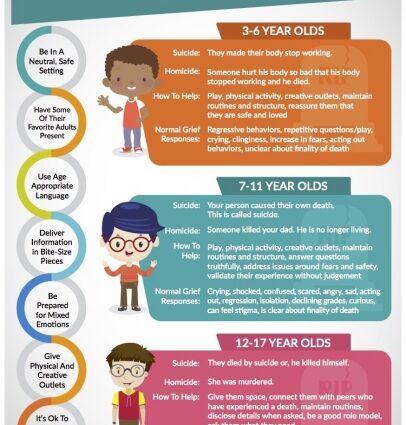Contents
- Suicide in children: how to explain this desire to die early?
- According to Inserm, 37 children aged 5 to 10 committed suicide in 2009. Do you think these figures reveal the truth, knowing that it is sometimes difficult to distinguish between suicide and accident?
- The notion of suicide in young children is therefore not plausible?
- How to explain the passage to the act in children nevertheless?
- Can there be any evocative signs of this unhappiness?
- So what advice would you give to parents?
Suicide in children: how to explain this desire to die early?
Since the beginning of the year, a black series of early suicides have been in the news. Harassed in college, especially because he was red-haired, 13-year-old Matteo committed suicide last February. On March 11, 2012, a 13-year-old Lyon boy was found hanged in his room. But suicide also affects the youngest. In England, in mid-February, it was a 9-year-old boy, bullied by his school friends, who ended his life. How to explain this passage to the act in children or pre-teens? Michel Debout, President of the National Union for Suicide Prevention, enlightens us on this dramatic phenomenon …
According to Inserm, 37 children aged 5 to 10 committed suicide in 2009. Do you think these figures reveal the truth, knowing that it is sometimes difficult to distinguish between suicide and accident?
I think they are a reflection of reality. When a child under 12 dies, there is an investigation and the death is recorded by the statistical institutes. We can therefore consider that there is a certain reliability. Nevertheless, it is important to differentiate between suicide in children and that in adolescents. A little one doesn’t think like a 14-year-old. Several studies on adolescent suicide have already been carried out. The suicide attempt, which is most frequent in adolescence, today has psychological, psychoanalytic, medical interpretations … For the youngest, the number being, fortunately, much lower, the reasons are less obvious. . I do not think that we can really speak of suicide, that is to say of intention to kill oneself in a 5 year old child.
The notion of suicide in young children is therefore not plausible?
It is not a question of age but rather of personal maturation. We can say that from 8 to 10 years old, with a gap of one or two years depending on the situations, educational variations, social cultural, a child may want to kill himself. In a younger child it is more questionable. Even if at 10 years old, some have a notion of the risk, of the dangerousness of their act, they are not necessarily aware that it will lead them to a permanent disappearance. And then today, the representation of death, especially with video games is distorted. When the hero dies and the child loses the game, he can constantly go back and change the outcome of the game. The virtual and the image take more and more place in education compared to real meanings . It is more difficult to put distance which facilitates impulsivity. In addition, the children, fortunately for them, are not any more, as at the time, confronted with the death of their parents and grandparents. Sometimes they even know their great-grandparents. However, to be aware of your own finitude, you have to be touched by the real death of a loved one. That’s why, I think having a pet and losing it a few years later can be constructive.
How to explain the passage to the act in children nevertheless?
The management of emotions, which is not the same in children and adults, certainly has something to do with it. But we must first question the part of impulsivity in the act compared to intentionality. Indeed, to consider that a person has committed suicide, his act must be part of an intentionality, that is to say a conscious endangerment of himself. Some even consider that there must be a project of disappearance. However, in certain situations, we especially have the impression that the child wanted to escape an emotionally difficult situation such as abuse for example. He may also be confronted with an authority and imagine himself to be at fault. He therefore flees a situation that he perceives or which is really difficult without really wanting to disappear.
Can there be any evocative signs of this unhappiness?
First of all, it should be remembered that suicide among children is a very rare phenomenon. But when a story goes downhill, especially in cases of bullying or scapegoating, the child sometimes emits signs. He can go to school backwards, evoke different symptoms when resuming lessons: discomfort, stomach aches, headaches … You have to be attentive. Moreover, if the child regularly goes from one place of life to another, and he indicates an annoyance at the idea of going there, that his mood changes, the parents may ask themselves questions. But beware, these changing behaviors must be repeated and systematic. Indeed, one should not dramatize if one day he does not wish to go to school and prefers to stay at home. It happens to everyone …
So what advice would you give to parents?
It is important to remind your child that we are there to listen to him, that he must absolutely confide if something makes him suffer or wonder about what is happening to him. The child who commits suicide flees a threat. He thinks he cannot resolve it otherwise (when there is a hold and threat from a comrade, for example). We must therefore manage to put him in confidence so that he understands that it is by speaking that he can escape it and not the other way around.










